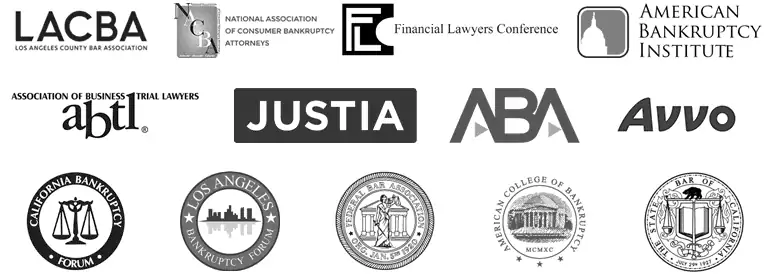
For individuals, an alternative to filing Chapter 7 bankruptcy is Chapter 13. Chapter 13 is for people who have regular income, unsecured debt less than $383,175 and secured debt less than $1,149,525 and want to pay off their debt over time. When filing Chapter 13, you’re allowed to keep your assets while paying back all or part of your debt over a period of three to five years. Some people file Chapter 13 because they’re not eligible for Chapter 7, but some choose to file Chapter 13 simply because they want to keep their assets.
If you meet the requirements for filing Chapter 13, you’ll be required to present a repayment plan to the court. This plan will take into account your income and your debt. You can use this calculator to get some idea of how long and what amount you might be paying per month, although your lawyer can help you figure out the specific amount and the best repayment plan to present based on your particular situation.
The court will judge your plan on three criteria:
- Are you proposing the plan in good faith? Do you intend to follow through with your plan and pay off your creditors? Were you honest in presenting all your assets and debts?
- Have you made your “best effort” to repay your unsecured creditors? This means that your plan has calculated properly, based on your disposable income, how much you’ll pay each creditor monthly.
- Is the plan in the “best interest” of the creditors? Will you pay your unsecured creditors at least as much as if you had filed Chapter 7? Since unsecured creditors in a Chapter 7 bankruptcy frequently receive no payment at all, this can be the easiest of the three criteria to meet.
During the years you are repaying your debt, you’ll work with a trustee who will act as an intermediary between you and your debtors overseeing your payment plan and overall budget. You’ll pay the trustee the full amount of your payment each month, and your trustee will distribute that payment to those that you owe. You won’t be allowed to incur any substantial debt without court approval, and you must maintain insurance on any property you’ve put up as collateral. For example, if you’re using your car as collateral for your car loan, you must maintain your car insurance. Exceptions to the substantial debt rule can be made in emergencies, but your trustee will have to work with you.
While the hope is that the repayment plan will be successful, there are sometimes circumstances that prevent this. For those who aren’t able to complete their repayment plan, the court can allow modifications, convert the case to a Chapter 7 bankruptcy or dismiss the case altogether. Unfortunately, in the case of a dismissal, the person may find themselves owing their original debt plus interest so it’s good to be as accurate as possible when you calculate your repayment plan.
Although Chapter 13 can take between three and five years to complete, if you’re successful you’ll be current on your secured debt, have no unsecured debt and still have all your assets!
Next, we’ll talk about what happens in both a Chapter 7 and Chapter 13 bankruptcy so you’ll know exactly what to expect.
There are government resources that can help you learn more about these topics, but because bankruptcy can be complicated and overwhelming, it’s usually best to consult a lawyer for help. For further information, on our Chapter 13 bankruptcy practice, click here!

